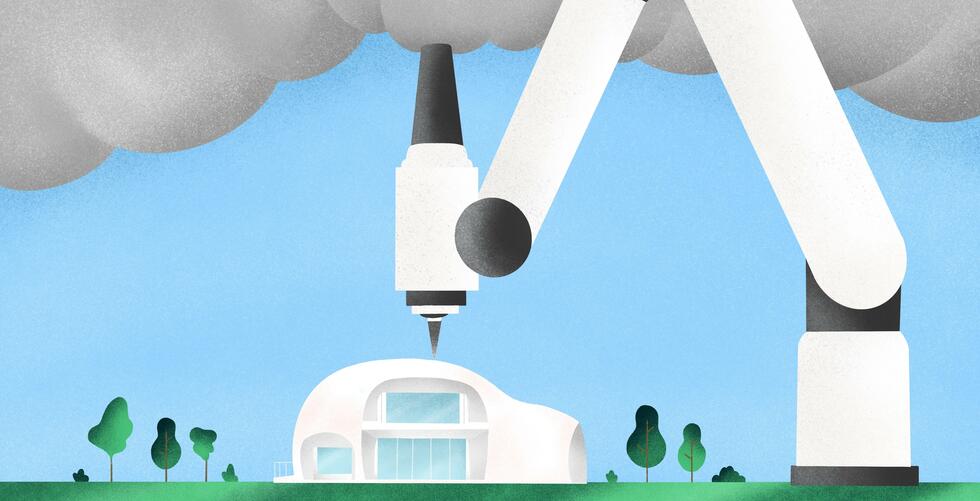SHORT NEWS
“The Ocean Cleanup” intends to use garbage catchers to remove plastic from rivers
A young man from the Netherlands wants eliminate the plastic waste in the oceans. His team recently reported its first successful trial of a gigantic plastic trapping system in the Pacific. Now they intend to get to the root of the problem.

The bulk of the plastic waste in the oceans is introduced via rivers. With a newly developed retention device, “The Ocean Cleanup” organization now wants to limit this garbage inflow to a minimum. “We now have a system that can capture plastic in rivers,” the Dutch CEO, Boyan Slat, said during the presentation of the waste collector named “Ocean Cleanup Interceptor” in the port of Rotterdam.
During the elaborately staged presentation, which was streamed worldwide via YouTube, the 25-year-old eco-entrepreneur described the guiding principle behind the new system as follows: 80 percent of the plastic waste in the oceans flow there from the world’s thousand largest rivers. This inflow of garbage can and must be stopped. “We will turn this tap off.”
The first four garbage interceptors are ready for deployment
After a four-year development period, the first four Interceptors are ready for operation. Two have already been collecting plastic waste in rivers in Indonesia and Malaysia, the third is being prepared for use in the Mekong Delta in Vietnam, and the fourth is set to be deployed in the Río Ozama in the Dominican Republic. The deployment of the Interceptors will focus primarily on impoverished regions of the world, where millions of people live on the banks of large rivers and without access to functioning waste disposal facilities.
The solar-powered systems are reminiscent of huge sieves in the form of a catamaran, i.e. a ship with two hulls. The waste is extracted from the water and transported into containers via conveyor belts. Networked sensors report when the containers are full. According to “The Ocean Cleanup”, river-dwelling animals can easily swim around the garbage collectors.
Each Interceptor is capable of collecting approximately 50,000 kilograms of garbage a day, the equivalent to approximately one million plastic bottles, Boyan Slat explained. The organization hopes to be able to deploy the technology on 1000 rivers within five years. “If we accomplish this, we will be able to make our oceans clean again.”
Baltimore as a role model
According to the US technology magazine “Wired”, the Interceptor technology is not entirely new. Similar garbage catching devices had been in operation in the Baltimore harbor for years. “Scientists have been arguing for years that the right way to solve this problem is upstream,” Wired quoted Adam Lindquist, the Director of the “Healthy Harbor” campaign in Baltimore. “And imitation is the sincerest form of flattery.”
In October 2019 “The Ocean Cleanup” reported its first success with a plastic waste catcher in the Pacific. After overcoming technical problems, the system now collects marine waste using its enormous catching arm. Approximately one year ago, this system was towed from San Francisco to the “Great Pacific Garbage Patch” located somewhere between California and Hawaii. Scientists estimate that some 1.8 trillion pieces of plastic have accumulated in this vortex.






































































































